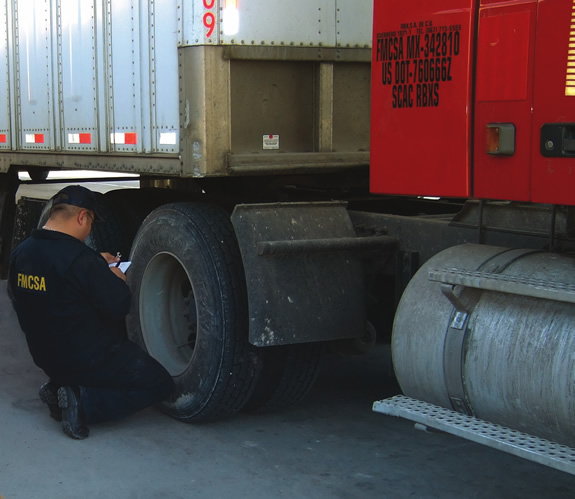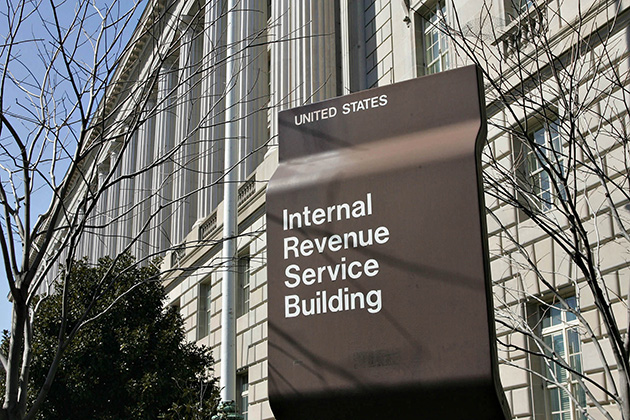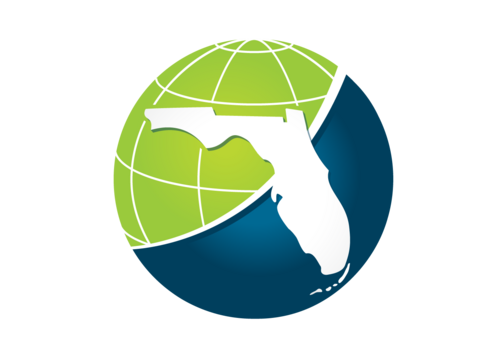DALLAS – Stevens Transport, the largest refrigerated trucking company in Texas and one of the top four largest temperature-controlled carriers in the United States has been sued by the U.S. Equal Employment Opportunity Commission (EEOC) after it refused to hire a U.S. Air Force veteran as a truck driver because of his bipolar disorder. According to EEOC’s lawsuit, Bill Brown was told that he could not be hired as a truck driver for Stevens “per company policy” because of the medication he takes to control his bipolar disorder. Brown presented a report from his medical provider indicating that he was safe to drive, but the physician with whom the company contracted to do medical examinations told him he could not be hired while on those medications.
The lawsuit alleges that there are no U.S. Department of Transportation (DOT) regulations prohibiting people on these medications from commercial truck driving, and Brown had completed an advanced truck driver training course and passed the DOT physical that is required to hold a commercial driver’s license (CDL). The EEOC stated that Brown was a qualified applicant because of his physical exam results, his completion of training, his CDL and the positive report from his medical provider. It was alleged that neither Stevens Transport, nor the physician it contracted with, made an individual assessment of Mr. Brown.
Under the EEOC regulations, examples of impairments that may be episodic include epilepsy, hypertension, asthma, diabetes, major depressive disorder, bipolar disorder, and schizophrenia. If an applicant has a covered medical condition, protected by the Americans with Disability Act (ADA), as amended, then an employer must make an individualized assessment of the medical condition, as it relates to the job’s essential functions. Accommodations would not be necessary if the covered entity can demonstrate that the accommodation would impose an undue hardship on the operation of its business. The term “qualified,” with respect to an individual with a disability, means that the individual satisfies the requisite skill, experience, education and other job-related requirements of the employment position such individual holds or desires and, with or without reasonable accommodation, can perform the essential functions of such position.
The Federal Motor Carrier Safety Administration regulations identify specific medically disqualifying conditions, and they include Hearing Loss, Vision Loss, Epilepsy and Insulin Use. Additionally, 49 CFR Section 390.3(d) gives employers the right to adopt stricter medical standards. Motor Carriers (companies) cannot set less restrictive standards. In addition, the employer can require the driver to perform ancillary duties as a condition of employment.









